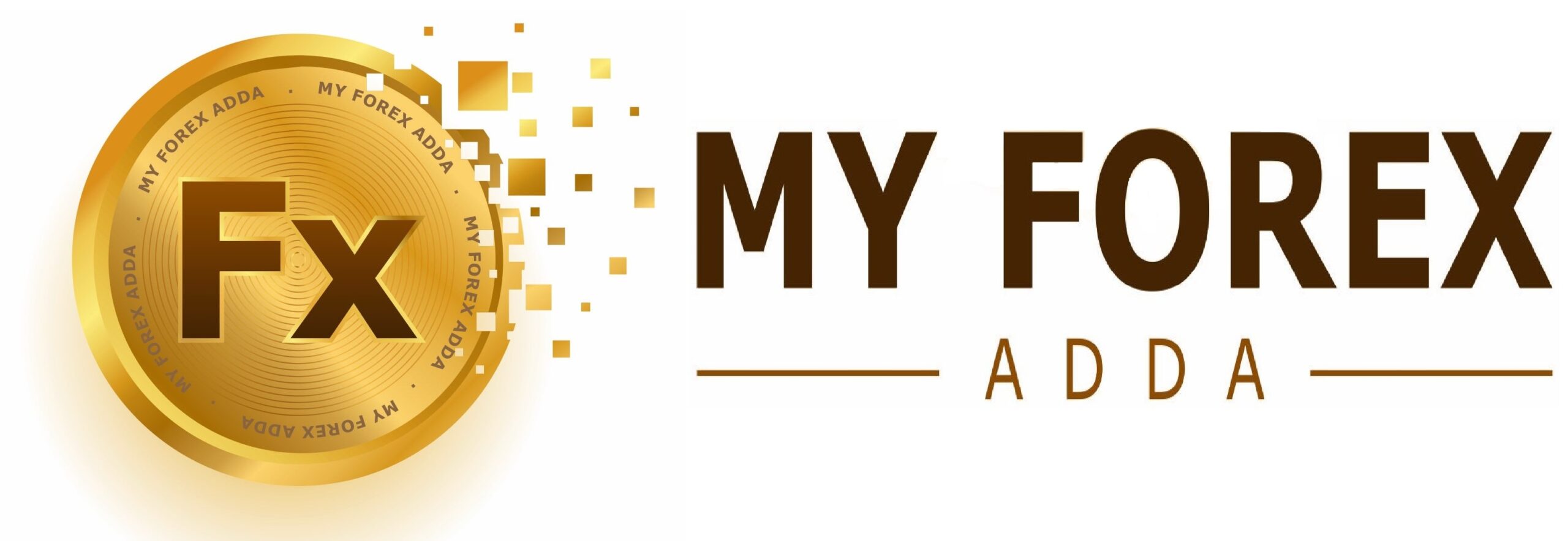Gold prices edged up in Asian trading on Monday as traders cautiously awaited U.S. President-elect Donald Trump’s inaugural speech, hoping for insights into his administration’s policies and possible indications on future interest rates.
Spot gold increased by 0.3%, reaching $2,709.3 per ounce, while February gold futures rose 0.1%, trading at $2,750.01 an ounce as of 01:13 ET (06:13 GMT).
Traders brace for heightened volatility with the incoming Trump administration, as his expected policy changes could influence market conditions. The precious metal, often seen as a safe-haven asset, has remained near a one-month high, supported by weaker U.S. inflation data, which has sparked expectations for additional rate cuts by the Federal Reserve.
Market sentiment is shaped by the potential impacts of U.S. policy shifts and the Federal Reserve’s monetary stance. Analysts believe that a strong start to Trump’s second term could support the dollar, while a more gradual approach might weaken it, influencing gold prices. The U.S. Dollar Index was down 0.3% during Asian trading on Monday, which helped lift gold.
A weaker dollar typically drives gold prices higher, making the metal more affordable for buyers using other currencies. Additionally, recent data suggesting easing price pressures has led investors to expect a more dovish monetary policy, which usually benefits gold.
However, gold’s gains have been moderated by geopolitical events, such as the ceasefire between Israel and Hamas, which can affect demand for safe-haven assets.
As the market navigates these uncertainties, traders remain alert, closely watching Trump’s actions to gauge their potential impact on gold’s future direction.
Other precious metals showed little movement. Platinum futures held steady at $965.25 per ounce, while silver futures rose by 0.4%, reaching $31.25 per ounce.
Copper prices were subdued as concerns over potential U.S. tariffs, the prospect of a stronger dollar, and investor caution ahead of Trump’s inauguration weighed on the metal.
Although copper has been supported by increased imports from China and declining inventory levels, traders remain cautious. Historical data shows that during periods of escalating tariffs and trade tensions, like in mid-2018 and mid-2019, copper prices dropped sharply as investors anticipated reduced demand from China, the world’s largest copper consumer.
Benchmark copper futures on the London Metal Exchange fell 0.3% to $9,166.00 per ton, while February copper futures also declined by 0.3%, settling at $4.341 per pound.





